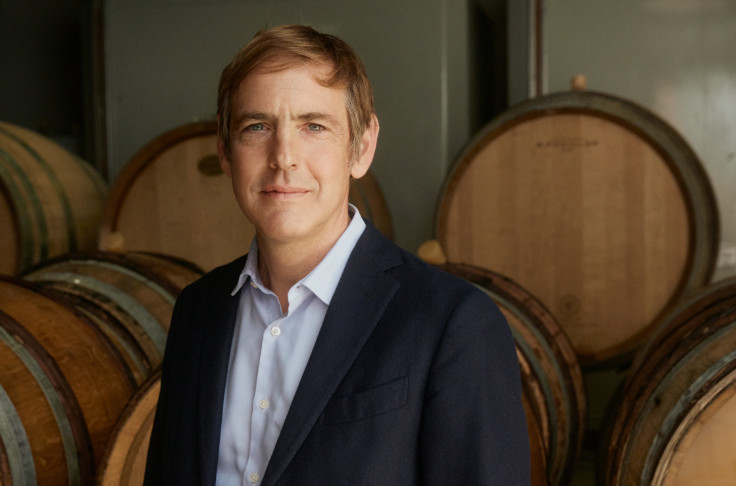“You cannot be a profitable company in the mass wine market without reaching a critical size”

Martin Cubertafond: If you look at the bigger picture and don’t just focus on the latest quarters in French super/hypermarkets but take into account the long-term global trend, it is obvious that part of the market is in the process of disappearing. Since the 2000s, the wine market has been divided into two parts. Wines designed for daily consumption with food/drink status and a low price tag are plummeting. And wines suited for occasional drinking with pleasure status and higher price tags are growing. When you look at it globally, declining consumption is a transition towards drinking more premium wines, which leads to a drop in volumes.
So the trend is about premiumisation, the much talked about ‘less but better’…
That’s what we’ve been experiencing for the past twenty years. This doesn’t mean the high-volume market for wine is finished – there is still room in this segment. But it is pre-empted by companies that produce huge volumes. You need to have a critical size to reduce costs per bottle to an absolute minimum – a case in point is American number one, Gallo. You can no longer be a profitable company in the mass wine market without reaching a critical size. Global wine exports have been declining since 2017, with the disappearance of the Chinese mirage – wine consumption in China peaked in 2012 and has been reduced threefold since then. The global market has lost 4 billion bottles in sales since 2017, including 1 billion last year alone. There is a decline in adult consumption and a drop in the number of adult consumers – this is particularly evident in the United States.
And yet, until now, the American market seemed to be a brazen pocket of growth…
It was magical! Every year, there were more consumers and more per capita consumption. The situation was reversed two years ago. Now, all the signals have turned to red. American wine regions have excess capacity and are uprooting vines. The US wine industry is asking itself numerous questions: how can Afro-American, Latino or Asian communities, which currently under-consume wine, be brought into the fold? How can young people, who tend to moderate their consumption more, be reached out to? For them, the connection between wine and health – based on the French Paradox – is old news. Some studies show that the under-35s consider cannabis – which can legally be consumed in a large number of States – is not as bad for your health as wine. Sometimes, you hear people say that ‘alcohol is the new tobacco’, a product that could be demonised and exit mass consumption.






